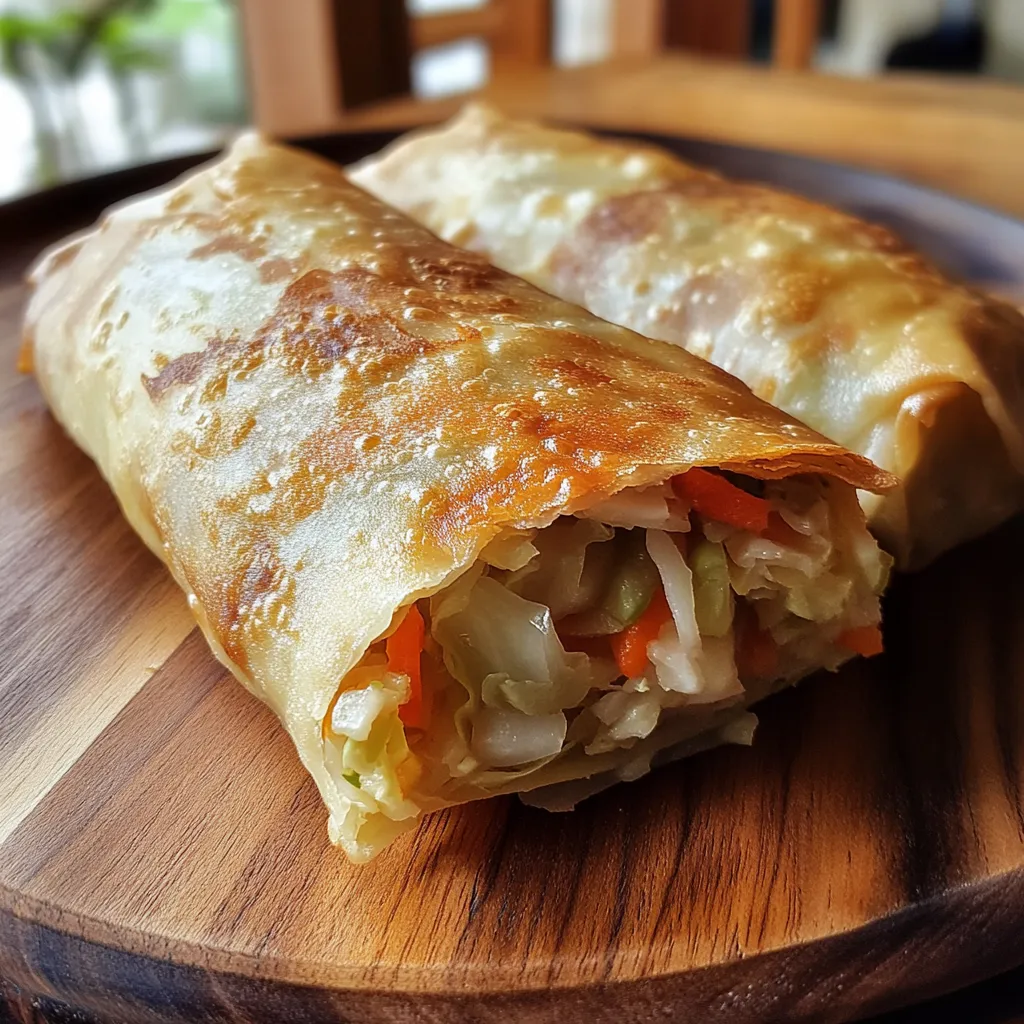Crispy, flavorful, and packed with fresh veggies, the vegetable egg roll recipe is a classic that never goes out of style. Whether you’re planning a party appetizer, a side dish for your Asian-inspired dinner, or just craving something crunchy and savory, homemade vegetable egg rolls are a game-changer.
In this guide, we’ll break down every detail you need to master this dish. From selecting the best veggies to perfecting the roll and frying technique, this blog has you covered. We’ll even explore how to copycat popular restaurant versions like PF Chang’s, compare different cooking methods, and answer the most asked questions about this iconic recipe.
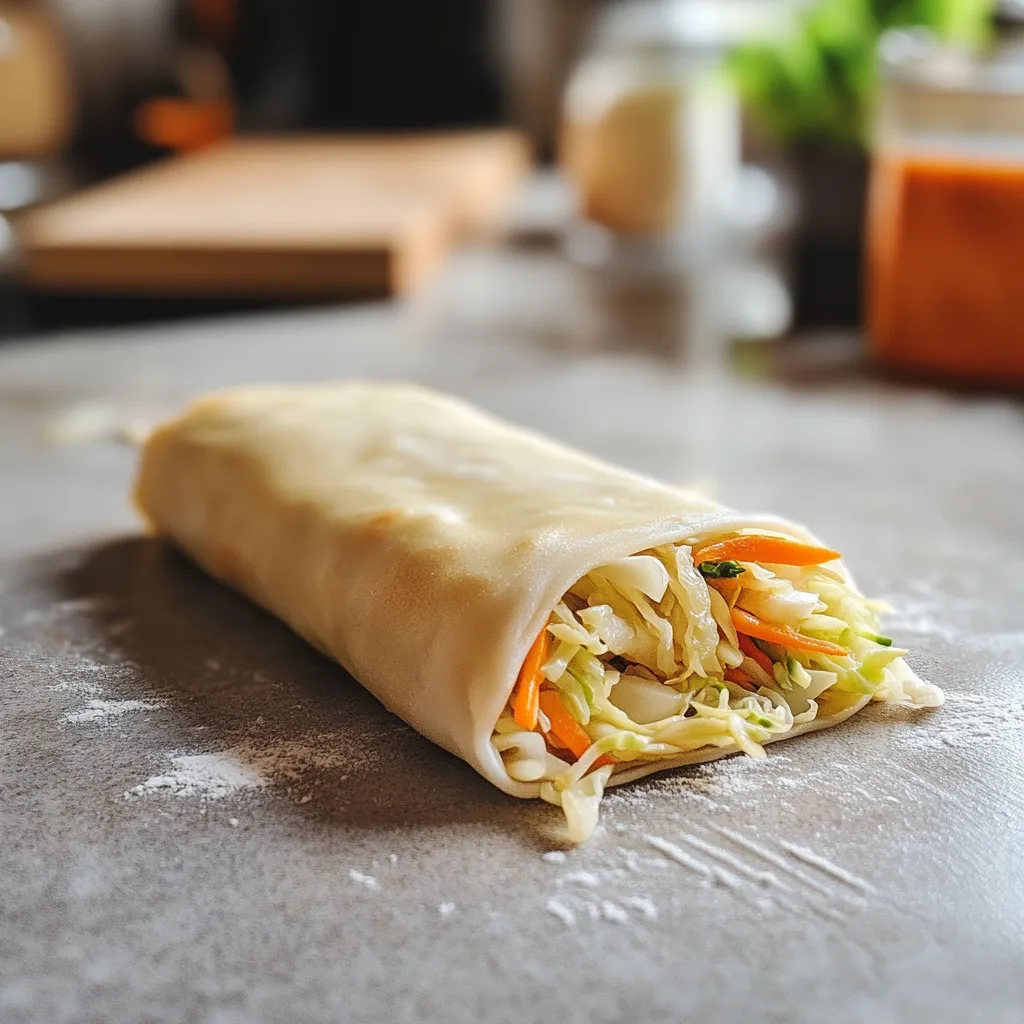
Looking for inspiration? Try our keto chicken and broccoli casserole for another tasty dish idea.
Now, let’s kick things off with the basics.
Introduction to Vegetable Egg Rolls
What Is a Vegetable Egg Roll?
A vegetable egg roll is a crispy, golden wrapper stuffed with a medley of seasoned vegetables. Unlike its meat-filled counterparts, the vegetable egg roll recipe focuses purely on plant-based ingredients like cabbage, carrots, mushrooms, and green onions. These rolls are usually deep-fried until crunchy, offering a delicious contrast between the crispy exterior and tender, savory filling.
Although traditionally served in Chinese-American cuisine, these rolls have global appeal thanks to their versatility and ease of customization. They’re a staple at takeout joints and Asian restaurants, but the homemade version gives you better control over ingredients, flavor, and nutrition.
Why Homemade Egg Rolls Are Better Than Takeout
Making your own vegetable egg roll recipe isn’t just healthier, it’s tastier. First, you get to pick the freshest ingredients, meaning every bite bursts with flavor. Store-bought rolls or takeout versions can be greasy or overcooked, and they often skimp on quality veggies. When you cook them at home, you can avoid excess oil, add your favorite spices, and even switch up the wrappers to suit dietary needs.
Plus, homemade egg rolls cost less per serving, especially when you’re cooking for a group. You can even prepare them in batches and freeze for later, making this recipe both budget-friendly and meal-prep approved.
Discover great ideas like our granola for keto diet that pair well with egg rolls for balanced meals.
Table of Contents
Whether you’re aiming to impress dinner guests or just upgrade your snack game, this vegetable egg roll recipe is the perfect place to start.
Essential Ingredients for a Perfect Vegetable Egg Roll Recipe
Core Vegetables and Wrappers: What You Really Need
Every great vegetable egg roll recipe starts with a solid mix of fresh vegetables. Shredded cabbage and carrots form the base, bringing crunch and sweetness. Add mushrooms and green onions for texture and extra flavor. Some versions also use bean sprouts or zucchini for more variety.
The wrapper matters too. Stick with square egg roll wrappers made from flour. They fry up golden and crispy, locking in the veggie-packed filling.
Sauces, Oils, and Seasonings That Boost Flavor
For a flavorful vegetable egg roll, season your veggies well. Soy sauce, garlic, ginger, and sesame oil are a must. A dash of rice vinegar or hoisin sauce adds depth. Lightly coat the rolls in oil before cooking for the perfect crispy shell.
Print
Vegetable Egg Roll Recipe
- Total Time: 35 minutes
- Yield: 12 egg rolls 1x
- Diet: Vegetarian
Description
This vegetable egg roll recipe delivers crispy, golden wrappers filled with savory sautéed vegetables like cabbage, carrots, and mushrooms. Perfect as a snack, appetizer, or side dish.
Ingredients
2 cups shredded green cabbage
1 cup shredded carrots
1/2 cup chopped mushrooms
2 green onions, chopped
1 tablespoon soy sauce
1 teaspoon sesame oil
1 clove garlic, minced
12 egg roll wrappers
Cooking oil for frying
Instructions
1. Heat oil in a skillet and sauté garlic until fragrant. Add cabbage, carrots, mushrooms, and green onions. Cook until vegetables soften.
2. Season with soy sauce and sesame oil. Remove from heat and let cool.
3. Place 2 tablespoons of cooled filling onto the center of each wrapper. Fold bottom corner up over filling, fold in sides, and roll tightly. Seal edge with water.
4. Fry in 350°F oil for 3–5 minutes or until golden brown. Drain on paper towels. For air fryer method, cook at 380°F for 10–12 minutes, flipping once halfway.
Notes
Let the filling cool completely before wrapping to prevent soggy egg rolls.
Avoid overfilling each wrapper for best results.
Store extras in an airtight container and reheat in the oven or air fryer to restore crispiness.
- Prep Time: 20 minutes
- Cook Time: 15 minutes
- Category: Appetizer
- Method: Fried
- Cuisine: Asian
Nutrition
- Serving Size: 1 egg roll
- Calories: 130
- Sugar: 2g
- Sodium: 220mg
- Fat: 4g
- Saturated Fat: 0.5g
- Unsaturated Fat: 3g
- Trans Fat: 0g
- Carbohydrates: 20g
- Fiber: 2g
- Protein: 3g
- Cholesterol: 0mg
Looking for inspiration? Try our cottage cheese bagels and pink salt weight loss recipe to pair with your egg rolls for a balanced meal.
How to Make the Best Vegetable Egg Roll Step-by-Step
Preparing the Filling: Texture and Balance
The heart of any delicious vegetable egg roll recipe is the filling. Begin by heating a tablespoon of oil in a large skillet. Add minced garlic and fresh ginger to release their aroma. Then toss in shredded cabbage, carrots, green onions, and mushrooms. Stir-fry the mix over medium heat until the vegetables soften slightly but still hold their bite.
Add soy sauce, a splash of sesame oil, and a pinch of pepper for seasoning. Stir everything well, allowing the liquid to evaporate so the filling stays dry. A dry filling is key. Moisture will cause the egg roll wrappers to get soggy and fall apart during cooking.
Let the mixture cool completely before rolling. This step is important. Warm filling can weaken the wrapper, making it harder to seal.
Looking for more flavorful meal ideas? Don’t miss our beef mince keto recipes that complement homemade rolls beautifully.
Rolling Techniques and Frying Tips for Crispiness
Once your filling is cool, it’s time to roll. Lay a wrapper flat with one corner pointing toward you like a diamond. Spoon about two tablespoons of the veggie mixture in the center. Fold the bottom corner over the filling, then fold in the sides, and roll upward tightly. Seal the edge with a dab of water to keep it closed.
For the best results, fry your egg rolls in hot oil at 350°F. Cook in small batches, turning occasionally until golden brown and crisp. This usually takes about 3 to 5 minutes. Drain on a paper towel to remove excess oil.
Want a healthier version? Brush each roll lightly with oil and air-fry at 380°F for 10 to 12 minutes. Flip halfway through for even crisping.
This vegetable egg roll recipe delivers both taste and texture. With a crunchy outside and flavorful veggie center, it’s a crowd-pleasing dish every time.
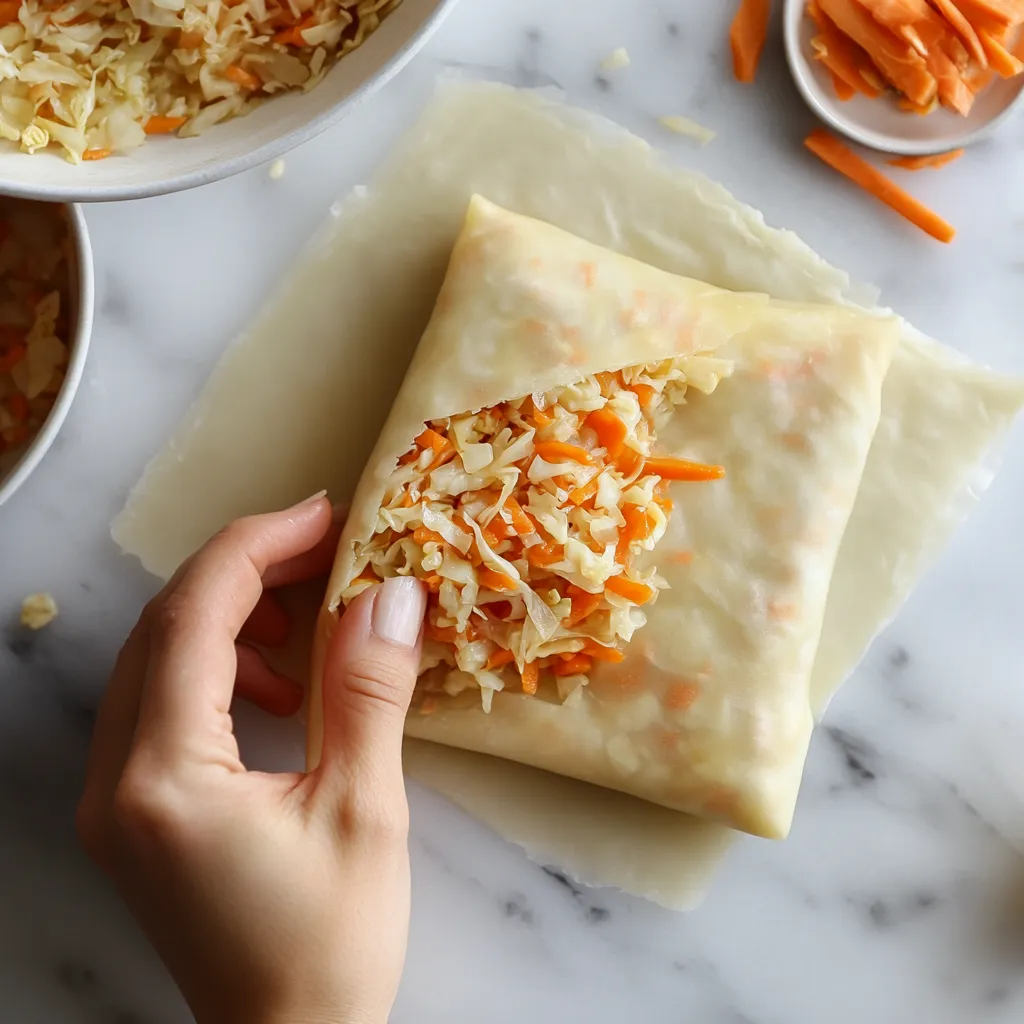
Try pairing these rolls with ideas from our mounjaro diet plan to keep your meals balanced and exciting.
Air Fryer, Baked, or Deep-Fried – Which Is Best?
Cooking Methods Compared: Taste vs Health
When it comes to preparing a vegetable egg roll recipe, how you cook the rolls can make all the difference. The deep-fried method is the most traditional. It gives you that irresistible crunch and golden texture. However, it also adds more oil and calories. That’s where air frying and baking come in.
Air frying has become the go-to option for many. It uses hot circulating air to crisp up the egg rolls without the need for much oil. You still get a crunchy wrapper with fewer calories. It’s a healthier take on the classic vegetable egg roll recipe, and you don’t sacrifice flavor.
Baking is another oil-light option. Place your rolled egg rolls on a parchment-lined tray, brush them with a bit of oil, and bake at 400°F for 20 minutes. Flip them halfway through to ensure even browning. While baking won’t give you the same intense crispiness as frying, it’s still a great method for making a lighter snack or side dish.
Time, Temperature, and Texture Differences
Each method comes with its own time and temperature settings. For deep frying, heat oil to 350°F and cook rolls for about 3 to 5 minutes until golden. Air frying works best at 380°F for 10 to 12 minutes. Flip the rolls once to cook evenly on all sides. Baking takes a bit longer, usually around 20 to 25 minutes, but works well for large batches.
The texture varies by method. Deep-fried rolls are ultra-crispy and flaky. Air-fried rolls are crunchy but slightly lighter. Baked rolls have a firm bite and golden edges but may be softer in the middle.
If your goal is the crispiest vegetable egg roll, deep frying wins. For a healthier twist, go with air frying. And if you’re cooking for a group or prefer a hands-off method, baking is your best bet.
Craving more healthy options? Discover our keto peanut butter cookies for a dessert that pairs well with veggie egg rolls in a balanced meal plan.
PF Chang’s Style Vegetable Egg Rolls – Copycat Version
What’s in PF Chang’s Vegetable Egg Rolls?
PF Chang’s is known for bold flavors and crispy texture, and their veggie rolls are no exception. Their version of the vegetable egg roll recipe usually includes cabbage, carrots, celery, and wood ear mushrooms. These ingredients are stir-fried together with garlic, ginger, and a savory soy-based sauce.
What makes their rolls stand out is the balance of textures. The filling is finely chopped so it packs tightly inside the wrapper. The exterior is extra crisp and golden, achieved by deep frying in hot oil until the outside blisters just slightly for that signature crunch.
To mimic this at home, make sure your filling is well-seasoned and not too wet. PF Chang’s vegetable egg roll filling is flavorful but dry enough to keep the wrapper firm after frying.
Looking for a side to match this PF Chang’s style roll? Check out our cottage cheese bagels with almond flour. They offer a similar contrast of crispy and soft textures.
Recreating the Texture and Taste at Home
To get that PF Chang’s experience in your own kitchen, start with the right vegetables. Finely shred your cabbage and carrots. Add a few chopped mushrooms and a pinch of celery. Stir-fry the mixture with garlic, a splash of soy sauce, and sesame oil.
Once cooled, roll the filling into your wrappers and seal tightly. Deep fry in 350°F oil for 4 to 5 minutes until golden and bubbly. For a dipping sauce, combine soy sauce, rice vinegar, and a drop of chili oil.
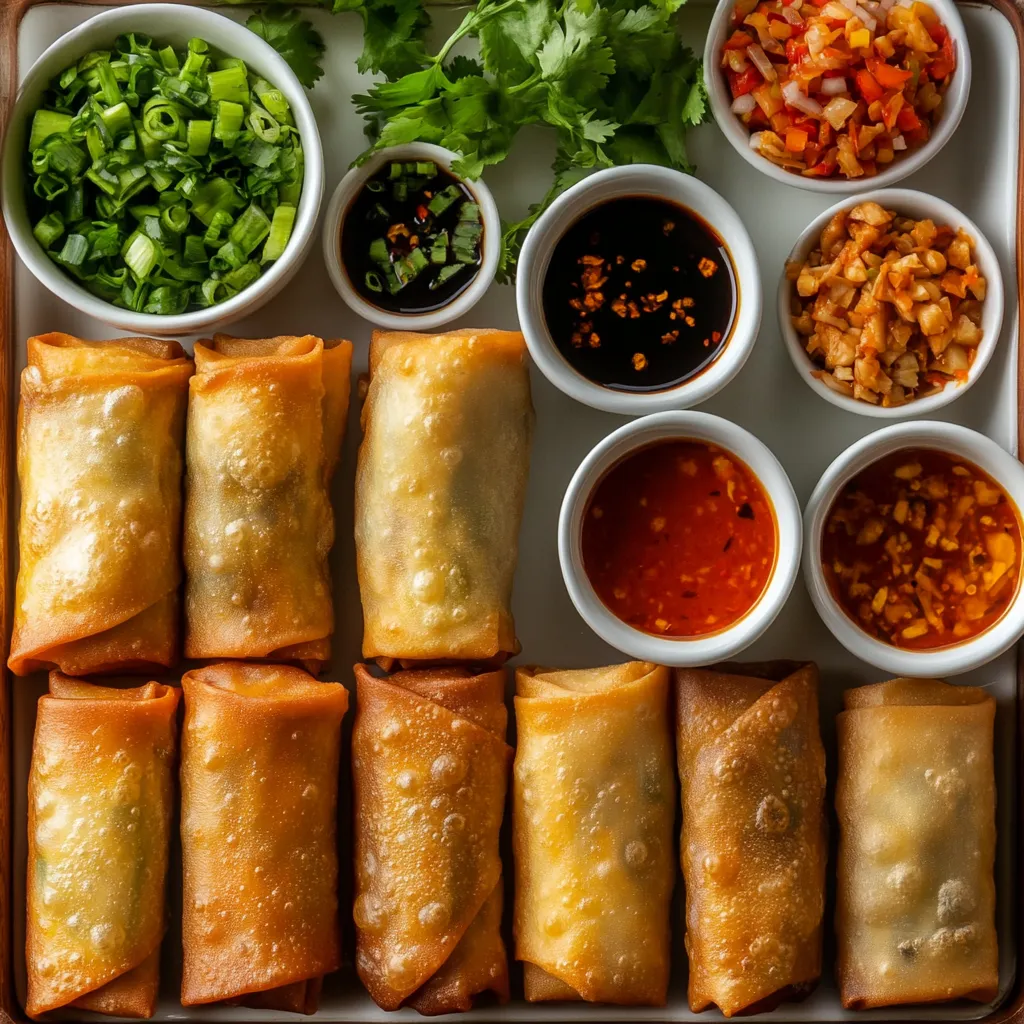
This copycat vegetable egg roll recipe brings restaurant flavor to your home without the takeout price. Serve it hot for the best crunch and pair it with simple Asian-style sides or a light soup for a full meal.
Common Egg Roll Mistakes and How to Fix Them
Why Your Egg Rolls Fall Apart or Get Soggy
Making a crispy, well-rolled vegetable egg roll might look simple, but there are a few easy mistakes that can ruin the result. One of the most common problems is soggy rolls. This usually happens when the filling is too wet. For a proper vegetable egg roll recipe, always cook your vegetables over medium heat until the moisture evaporates. Let the filling cool completely before wrapping. Wrapping hot, moist filling will steam the wrapper and weaken it before it hits the oil or air fryer.
Another issue is overstuffing. Too much filling puts pressure on the wrapper, making it tear or burst open during cooking. Stick to about two tablespoons of filling per roll and press it down lightly before sealing.
Check out our mounjaro recipe for weight loss for more healthy prep ideas that focus on balance and portion control.
Overfilling, Undercooking, and Oil Temperature Issues
Under or overcooking is another issue in many failed attempts at this popular snack. If your oil is too cold, the egg rolls will absorb too much oil and turn greasy. If it’s too hot, the wrapper will brown too fast while the inside stays cold. For deep frying, keep oil between 350°F and 360°F. In an air fryer, preheat for at least 3 minutes to ensure even cooking.
Rolling the egg rolls loosely can also lead to air pockets that cause uneven browning or breakage. Always roll tightly and seal the edge with water or cornstarch slurry. That helps hold everything together during cooking.
These small steps can make a huge difference in the final texture and flavor of your vegetable egg roll recipe. Fixing just one of these mistakes can take your rolls from average to amazing.
What’s the Difference? Egg Roll vs Vegetable Roll vs Spring Roll
Wrappers, Fillings, and Cooking Styles Compared
If you’ve ever confused an egg roll with a spring roll or a vegetable roll, you’re not alone. While these terms are often used interchangeably, each has its own distinct style. A vegetable egg roll recipe uses a thick, wheat-based wrapper that crisps up beautifully when fried. It’s sturdy enough to hold a generous mix of cooked vegetables like cabbage, carrots, and mushrooms.
Spring rolls usually come with thinner rice paper or pastry-style wrappers. These are often served fresh and not cooked, especially in Vietnamese or Thai cuisine. When they are fried, the result is a lighter, more delicate crunch. Spring rolls may include shrimp or tofu, and their fillings are typically lighter and fresher than those found in egg rolls.
A vegetable roll, on the other hand, is a broader term. It might refer to sushi-style veggie rolls or even wraps made with lettuce or seaweed. While they also feature vegetables, they don’t involve frying and rarely resemble the classic egg roll in shape or texture.
Each type has its place, but for a crunchy appetizer or party snack, the classic vegetable egg roll recipe delivers the boldest flavor and best texture.
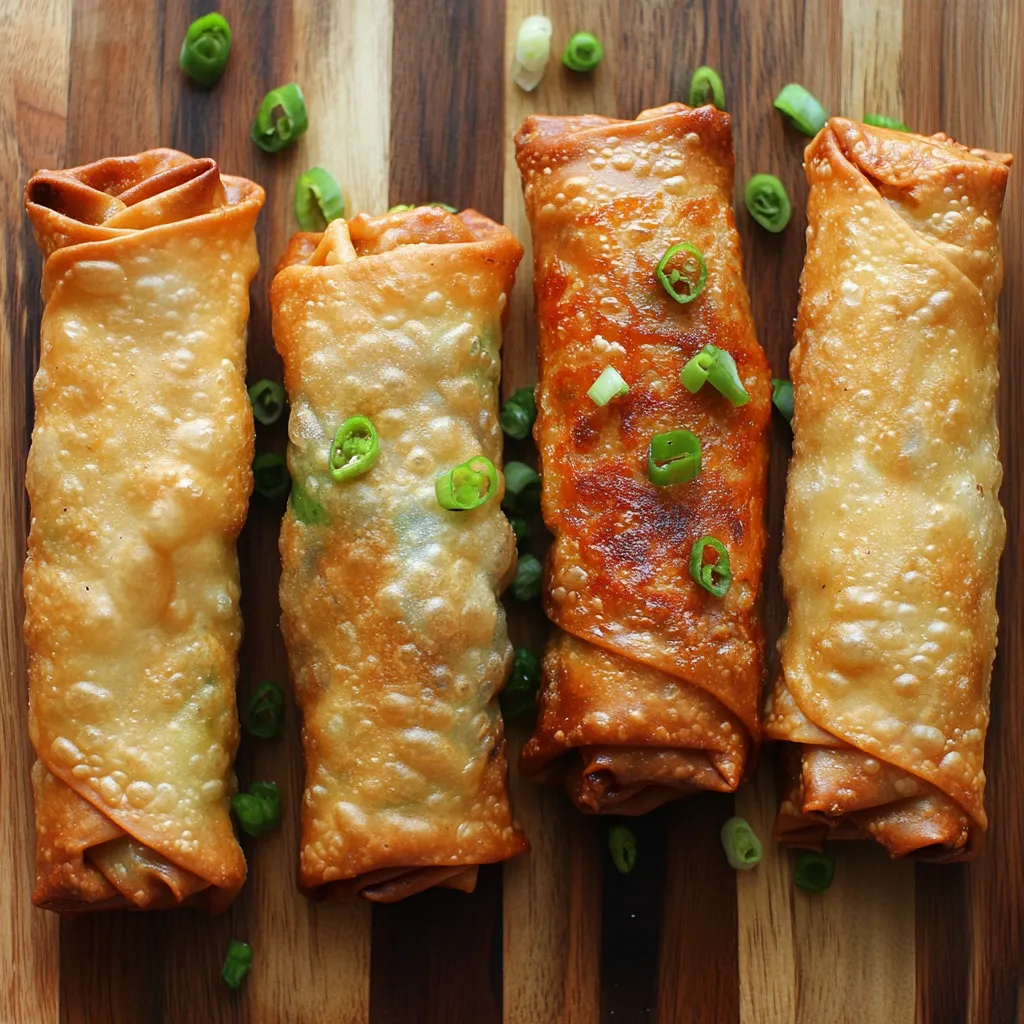
Which One Should You Choose and Why?
If you’re in the mood for something crispy and filling, go with an egg roll. This version offers a rich, cooked flavor that satisfies snack cravings or pairs well with dinner. Choose a spring roll when you want something lighter, fresher, or gluten-free. For those following raw or vegan diets, fresh vegetable rolls wrapped in lettuce or rice paper are perfect.
The beauty of a good vegetable egg roll recipe is its flexibility. You can adapt the filling to your diet, try different cooking methods, or even experiment with alternative wrappers. But when it comes to crowd-pleasing comfort food, egg rolls remain a favorite for a reason.
Dipping Sauces and Side Dishes for Egg Rolls
Easy Homemade Sauces That Complement Flavor
A great vegetable egg roll recipe becomes unforgettable when it’s paired with the right dipping sauce. While store-bought sauces work in a pinch, homemade options take your rolls to the next level. A simple soy garlic dipping sauce is a classic. Mix soy sauce, minced garlic, rice vinegar, and a few drops of sesame oil. Add chili flakes if you like heat.
Another popular choice is sweet chili sauce. You can make it using sugar, vinegar, garlic, and red chili paste for a tangy-sweet kick. Hoisin sauce mixed with a bit of peanut butter also creates a creamy, rich dip that pairs beautifully with crispy veggie rolls.
The contrast between the crunchy wrapper and the bold, salty or sweet sauce enhances the overall experience of every bite. This is one reason people love a homemade vegetable egg roll recipe more than anything from the freezer aisle.
Sides That Pair Perfectly With Veggie Egg Rolls
For a complete meal, serve your egg rolls with side dishes that balance the flavor and texture. A simple Asian cucumber salad adds freshness and crunch. Steamed jasmine rice or vegetable fried rice makes the meal more filling. You can also pair with a miso soup or light broth to create a warm contrast to the crispy rolls.
Noodle bowls with sesame dressing or stir-fried bok choy also go well with a well-made vegetable egg roll recipe. These sides not only round out the dish but also make your table look and feel like a restaurant experience.
Craving something different on the side? Discover our natural mounjaro recipe to add a healthy, energizing drink to your snack or meal plan.
With the right sauces and sides, your veggie egg rolls become more than a snack. They transform into a flavorful, balanced meal that’s perfect for any occasion.
How to Store, Freeze, and Reheat Vegetable Egg Rolls
Best Practices to Keep Rolls Crispy After Storage
Once you’ve made a batch of your favorite vegetable egg roll recipe, storing leftovers the right way is key. First, let the egg rolls cool completely at room temperature. Storing them while warm traps steam, which leads to sogginess. Once cooled, place them in an airtight container lined with paper towels to absorb any excess moisture.
Keep the container in the refrigerator if you plan to eat them within 3 days. To maintain their crispness, avoid stacking them directly on top of each other. Instead, use parchment paper between layers to protect the texture.
For longer storage, freezing is a great option. Wrap each egg roll individually in plastic wrap or foil, then place them in a freezer-safe bag. This method keeps them fresh for up to two months without freezer burn.
Looking for more smart prep tips? Don’t miss our 4-ingredient natural mounjaro truth benefits that focus on easy, efficient nutrition strategies.
Reheating Tips for Microwave, Oven, and Air Fryer
Reheating your rolls properly makes all the difference in keeping that crispy outside. If you’re short on time, the air fryer is your best friend. Reheat frozen or refrigerated egg rolls at 360°F for 6 to 8 minutes. This brings back the crunch without drying them out.
The oven is another great method. Preheat to 375°F and bake the egg rolls for 10 to 15 minutes. Flip them once halfway through for even heating. To avoid a soggy bottom, place them directly on a baking rack instead of a baking sheet.
Microwaving is the least ideal method for this vegetable egg roll recipe, but if needed, wrap the roll in a paper towel and microwave for 30 to 45 seconds. Finish in a hot skillet or toaster oven to re-crisp the shell.
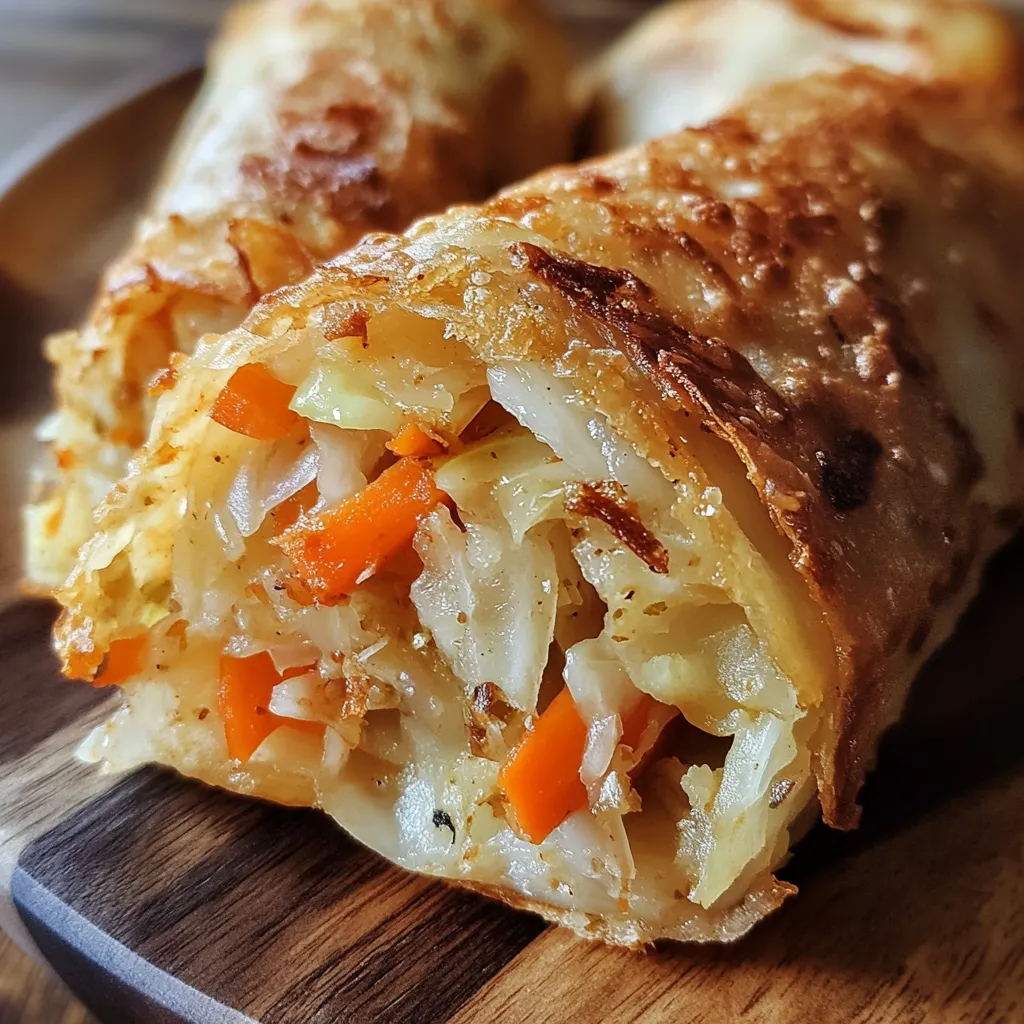
By storing and reheating your veggie egg rolls the right way, you extend the life of your efforts and enjoy delicious results every time.
Conclusion: Why This Vegetable Egg Roll Recipe Is Worth Making
Whether you’re craving a crispy snack, prepping party food, or looking to impress with a homemade Asian appetizer, this vegetable egg roll recipe is a winner. It’s easy to customize, simple to prepare, and offers a satisfying balance of crunch, flavor, and freshness. You can fry, bake, or air fry depending on your needs. Plus, the ingredients are affordable and easy to find.
From learning the perfect filling texture to nailing the golden crisp, this guide gives you all the tools to make veggie egg rolls that beat any takeout. Try pairing them with dipping sauces or light side dishes for a full meal that’s tasty and nutritious.
Want more delicious ideas? Discover our homemade monjaro recipe for wellness and weight loss for an energizing drink to round out your healthy eating plan.
FAQ: Vegetable Egg Roll Recipe Questions Answered
What are the ingredients in vegetable egg rolls?
A traditional vegetable egg roll recipe includes shredded green cabbage, carrots, green onions, mushrooms, and garlic. These are stir-fried with soy sauce and sesame oil to build a savory, flavorful filling. Some recipes also include bean sprouts, celery, or tofu for added texture and taste.
What is in PF Chang’s vegetable egg rolls?
PF Chang’s version of a vegetable egg roll recipe usually features cabbage, carrots, mushrooms, and celery, wrapped in a crispy shell. The filling is seasoned with soy sauce, garlic, and a hint of ginger. These rolls are served with a side of sweet chili or soy-based dipping sauce.
What is the difference between an egg roll and a vegetable roll?
An egg roll typically refers to a fried wrapper filled with vegetables or meat. A vegetable egg roll recipe focuses on plant-based ingredients but still uses a crispy wrapper. A vegetable roll, on the other hand, might refer to sushi-style rolls, raw wraps, or fresh spring rolls, which are usually not fried.
What is egg roll filling made of?
Egg roll filling varies, but a standard vegetable egg roll recipe includes stir-fried cabbage, carrots, mushrooms, garlic, and green onions. The filling is cooked just enough to keep it crunchy, then cooled before rolling to prevent sogginess during frying.
for more follow us on facebook and pinterest

